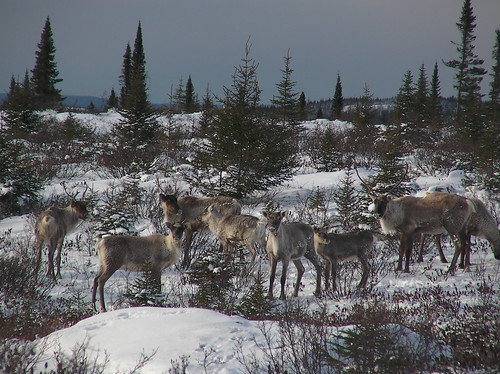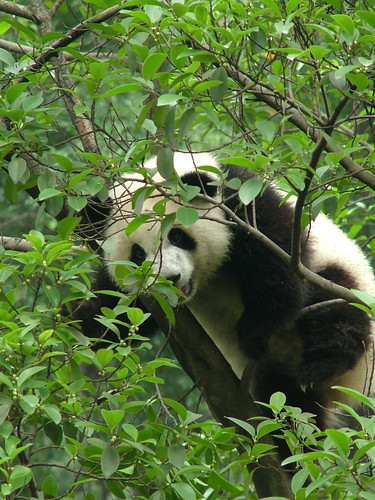Some obstacles such as dams or other barriers are too difficult for European eels to overcome on the eel migration so eel ladders are built in which eels "climb" the ladder to continue their great eel migrations, Check out how an eel ladder works on this eel video.
European eels make look like snakes, but they're actually fish! Learn more by watching this European eel video on Monitoring European Eels
Threats to European Eels
European eels are listed as critically endangered by the IUCN with their population decreasing by approximately 90% in the last tweny years. The major threat to European eels is unsustainable eel fishing. Over 118,000 tons of European eels are caught each year, many of them when they are in the glass eel stage and haven't spawned yet. European eels are caught for food and for stock in eel aquaculture in Europe and Asia where they are eaten. A ban on European eel fishing has been implemented in some countries but many fishermen do not support this and continue eel fishing and risk the fine, which puts further pressure on the almost ready to collapse European eel population. Complicating matters is a parasite that is predicted to impact 30-100% of the European eel population. Sources: IUCN European Eel, Marine World: Eel stocks dangerously close to collapse
European Eel Conservation
- - Do not eat European eel
- - Do not support restaurants that serve European eel
- - Ban restaurants that do serve European eel such as the Baltic ferry operators, including Silja Line/Tallink, Viking Line and Eckerö Linjen, all from Finland who still serve eel to their guests
- - Write to your local state representative and encourage them to ban eel fishing as Norway has done, the Netherlands has a 3 month ban, but this is not enough
- - Show your support for a ban on exporting European eels outside of Europe by contacting your state representative
- -Join Save the European Eel from Extinction Cause on Facebook
European eel picture courtesy of: Treehugger eel picture













